NASA astronauts Jasmin Moghbeli and Loral O’Hara are taking a spacewalk outside the International Space Station on Monday, Oct. 30, to remove electronics gea…
Category: space – Page 257

Ancient Landscape Not Seen For 14 Million Years Discovered Beneath Antarctic Ice
An ancient landscape that has remained hidden beneath the East Antarctic Ice Sheet (EAIS) for at least 14 million years has been revealed by a new satellite data and radar imaging study. According to the researchers, the preservation of this primordial scenery attests to the fact that the EAIS has remained relatively unchanged for eons, yet this stability could soon be threatened by an unprecedented rise in global temperatures.
The study authors used satellite data to identify undulations in the ice sheet’s surface that provided clues as to the nature of the terrain beneath. Using radio-echo sounding techniques, they were then able to image the landscape covered by the ice over an area of 32,000 square kilometers (12,355 square miles).
“The land underneath the East Antarctic Ice Sheet is less well known than the surface of Mars,” explained study author Professor Stewart Jamieson in a statement. “And that’s a problem because that landscape controls the way that ice in Antarctica flows, and it controls the way it might respond to past, present and future climate change.”
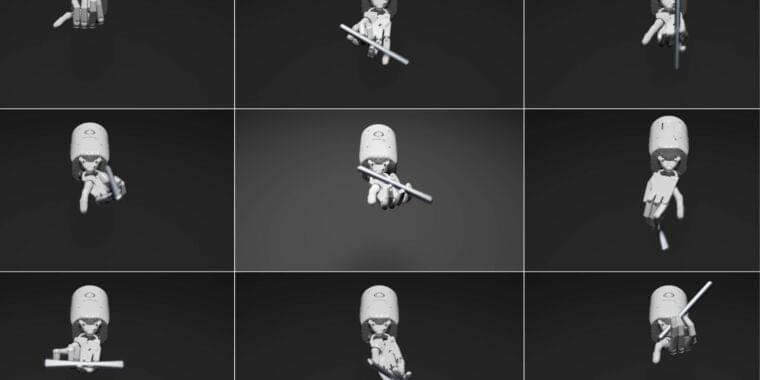
Eureka: With GPT-4 overseeing training, robots can learn much faster
On Friday, researchers from Nvidia, UPenn, Caltech, and the University of Texas at Austin announced Eureka, an algorithm that uses OpenAI’s GPT-4 language model for designing training goals (called “reward functions”) to enhance robot dexterity. The work aims to bridge the gap between high-level reasoning and low-level motor control, allowing robots to learn complex tasks rapidly using massively parallel simulations that run through trials simultaneously. According to the team, Eureka outperforms human-written reward functions by a substantial margin.
“Leveraging state-of-the-art GPU-accelerated simulation in Nvidia Isaac Gym,” writes Nvidia on its demonstration page, “Eureka is able to quickly evaluate the quality of a large batch of reward candidates, enabling scalable search in the reward function space.
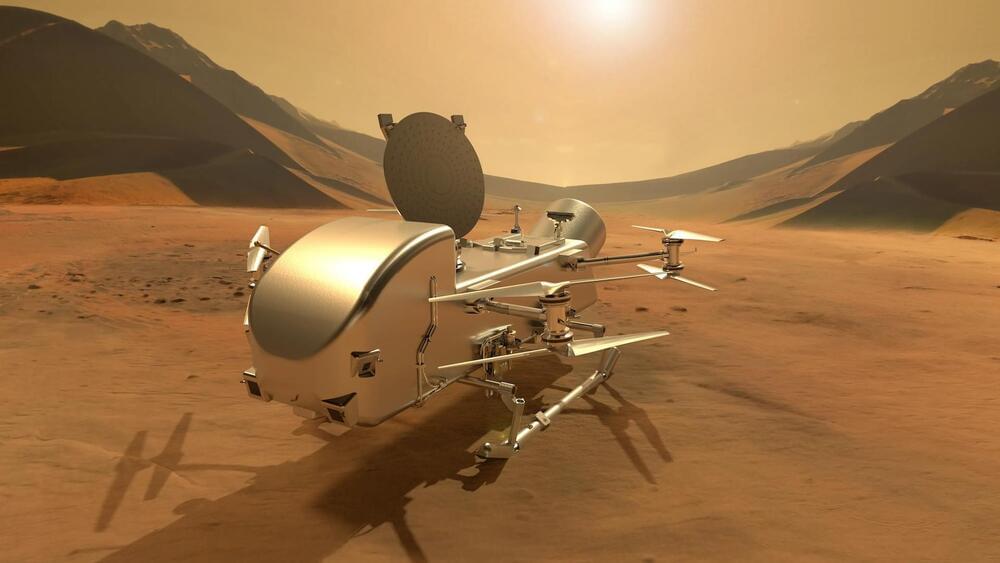
Watch NASA test its 8-rotor Titan moon drone Dragonfly
NASA engineers tested a half-scale version of the Dragonfly rotorcraft that will eventually explore the surface of Saturn’s largest moon, Titan.
NASA’s Ingenuity Mars helicopter is a massive success story, far exceeding its original mission goals.
Now, NASA is taking lessons from the first rotorcraft to fly on another planet and applying it to a larger machine exploring Saturn’s largest moon, Titan.

Could ScaleAI secure US supremacy over China in the AI arms race?
The company which describes itself as the data infrastructure company for AI, bagged a $249 million contract in 2022 to provide a range of AI tech to the US Department of Defence.
Traditionally, the United States has been viewed as the top dog in global military applications, but over the last three decades, it’s been facing competition from a strong opponent in the Indo-Pacific area. China has been bullishly making its space by modernizing its weapons and forces and denting the US’ dominance in developing advanced technologies.
Nastco/iStock.
Can the US come out on top in the AI arms race?
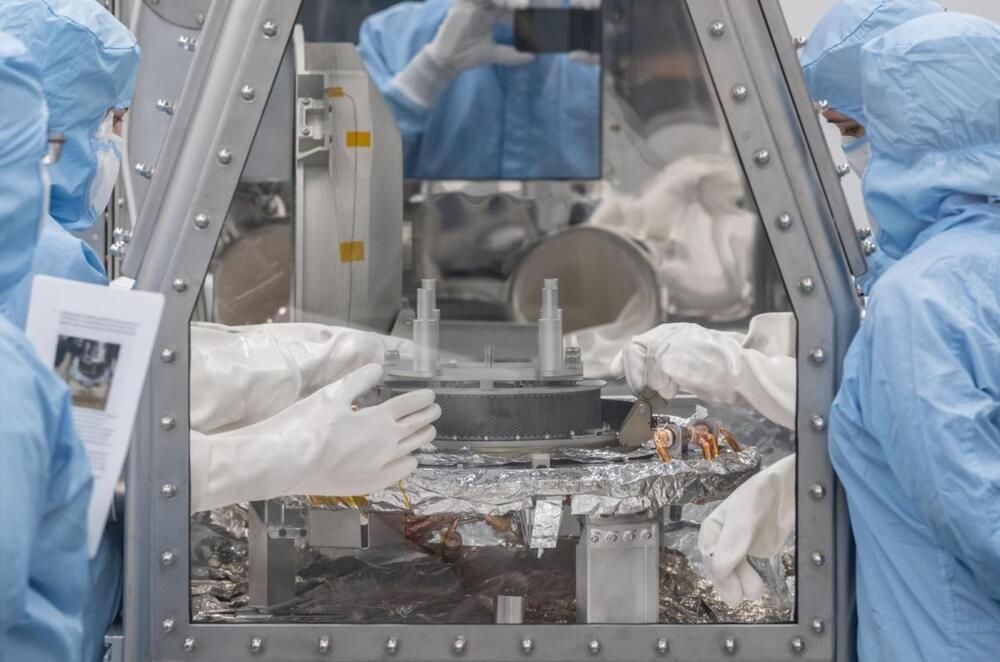
NASA’s OSIRIS-REx mission collected more Bennu asteroid samples than first thought
NASA has revealed that it has already processed 70.3 grams of rocks and dust collected by the OSIRIS-REx mission from asteroid Bennu. That means the mission has way exceeded its goal of bringing 60 grams of asteroid samples back to Earth — especially since NASA scientists have yet to open the primary sample container that made its way back to our planet in September. Apparently, they’re struggling to open the mission’s Touch-and-Go Sample Acquisition Mechanism (TAGSAM) and could not remove two of its 35 fasteners using the tools currently available to them.
The scientists are processing the samples inside a specialized glovebox (pictured above) with a flow of nitrogen in order to keep them from being exposed to our atmosphere and any contaminants. They can’t just use any implement to break the container’s fasteners open either: The tool must fit inside the glovebox, and it also must not compromise the samples’ integrity. NASA has sealed the primary container sample for now, while it’s developing the procedure to be able to open it over the next few weeks.
If you’re wondering where the 70.3 grams of rocks and dust came from, well, NASA collected part of it from the external sample receptacle but outside TAGSAM itself. It also includes a small portion of the samples inside TAGSAM, taken by holding down its mylar flap and reaching inside with tweezers or a scoop. NASA’s initial analysis of the material published earlier this month said it showed evidence of high carbon content and water, and further studies could help us understand how life on Earth began. The agency plans to continue analyzing and “characterizing” the rocks and dust it has already taken from the sample container, so we may hear more details about the samples even while TAGSAM remains sealed.
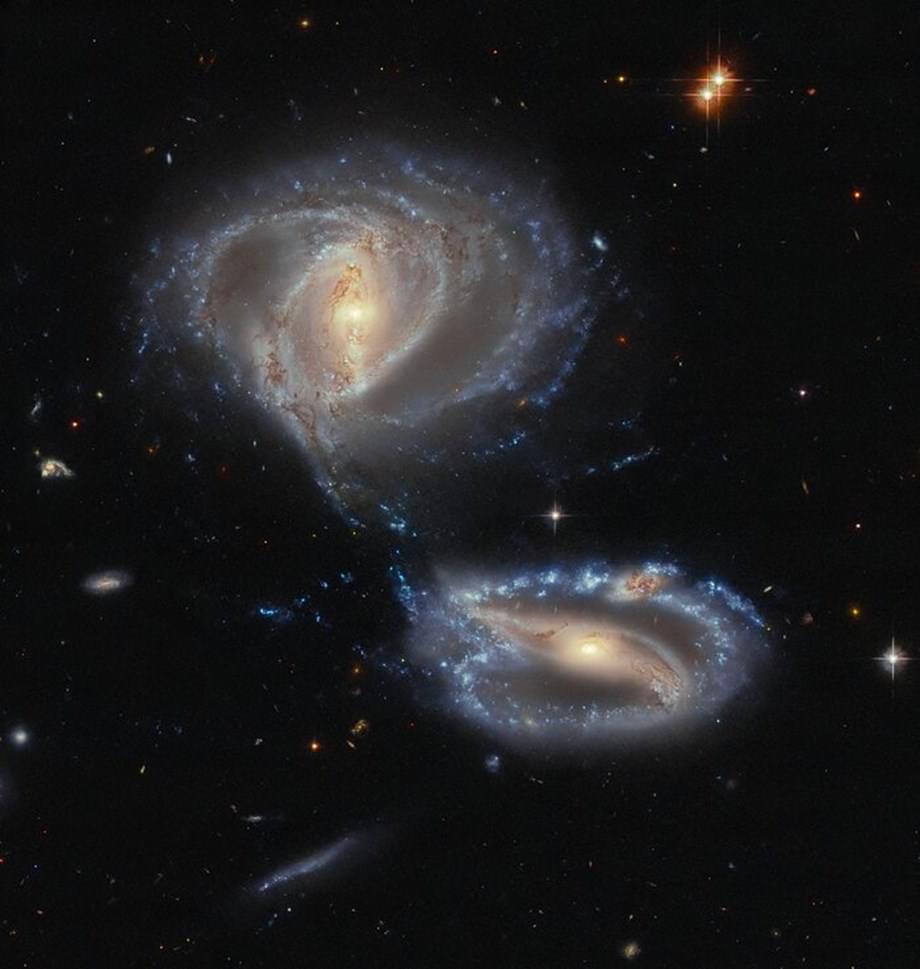
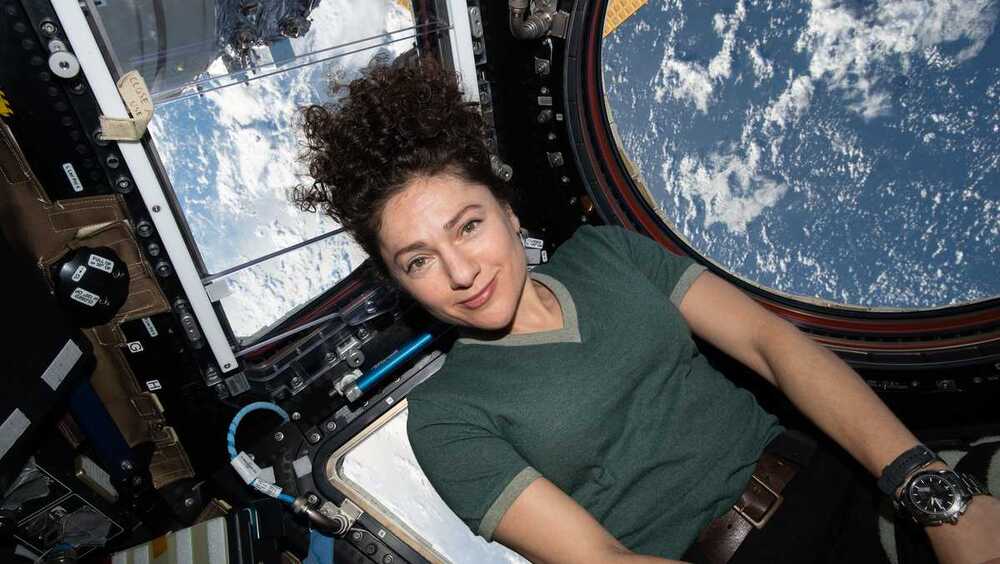

A SRI newsletter with 2 titles, 23 October 2023
The SRI President Bernard Foing and the SRI CEO and Founder A. V. Autino are in agreement on the text of this newsletter, but not on the title(!). We decided therefore to issue it with two titles. The first one, by A.V. Autino, establishes an ideological distance from the governance model that brought the civilization to the current situation, refusing any direct co-responsibility. The title proposed by B. Foing implies that “we” (the global society) are responsible for the general failure since we voted for the current leaders. He also suggested that should “we” (space humanists) be governing, he’s not sure that we would be able to do better than current leaders, for peace and development. Better than warmongers for sure! Replied Autino. However, both titles are true and have their reasons. That’s why we don’t want to choose one…
